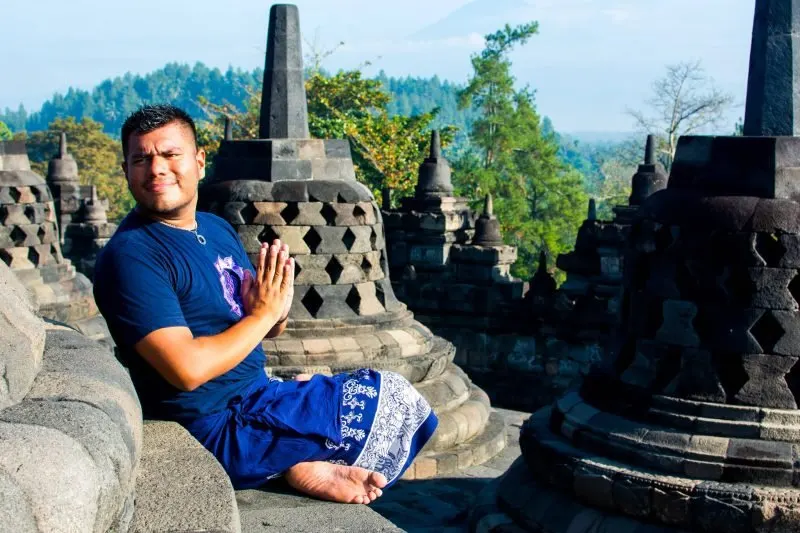In an age of constant notifications, background noise, and non-stop conversation, the idea of complete silence for days might seem intimidating—or even impossible. And yet, more people than ever are drawn to the experience of a silent retreat. If you’ve ever wondered what is a silent retreat, or if you’re considering attending one for the first time, this guide will help you understand what to expect and how to prepare mentally and emotionally.
What Is a Silent Retreat?
At its core, a silent retreat is a structured period—ranging from a day to several weeks—where participants refrain from speaking and often from using digital devices, reading, or writing. The goal is to quiet external and internal noise to reach deeper awareness, calm, and clarity.
Silent retreats can be rooted in various traditions—Buddhist Vipassana, Christian contemplation, secular mindfulness—but they all share this common element: silence as a path to presence.
Why People Choose Silence
Silence gives the nervous system a break. It removes the pressure to speak, respond, or perform. It allows buried thoughts, emotions, and insights to rise to the surface. For many, the experience is not just restful but deeply healing.
But silence can also feel confronting. When the usual distractions disappear, we’re left with ourselves—and that’s why preparation is key.
How to Prepare Mentally
1. Let Go of Expectations
Don’t enter a silent retreat expecting bliss, breakthroughs, or transformation on day one. Instead, go in with openness. Some moments will be peaceful. Others might feel restless or uncomfortable. That’s part of the process.
2. Practice Small Silences Beforehand
Try short periods of intentional silence at home—turn off your phone for a few hours, avoid unnecessary talking, or eat one meal in silence. This helps you get used to the stillness and recognize your emotional reactions to it.
3. Prepare for Mental Noise
Your mind won’t suddenly go quiet just because you stop speaking. In fact, the first days of silence often bring more inner chatter. Acknowledge it without judgment. Over time, the mental noise softens.
4. Be Kind to Yourself
You may experience boredom, frustration, or emotional discomfort. Remind yourself that you’re not failing—this is the work. Growth often begins where comfort ends.
How to Prepare Emotionally
1. Know That Emotions Will Surface
Without daily distractions, repressed emotions often rise. You might feel sadness, joy, anger, or even grief. This is normal and part of emotional cleansing. Let the emotions pass through you without needing to fix or analyze them.
2. Set a Clear Intention
Ask yourself: Why am I doing this? It could be as simple as “I want to slow down” or “I want to reconnect with myself.” This intention will guide you when the silence feels difficult.
3. Limit Stimulation Before the Retreat
In the days leading up to the retreat, reduce digital usage, avoid intense media, and get plenty of rest. Arriving already overstimulated makes the adjustment harder.
4. Share With Loved Ones Beforehand
Let friends and family know you’ll be unreachable for the duration of the retreat. This sets expectations and removes guilt about not responding.
What Happens During the Retreat
Each retreat has its own structure, but most include:
- Guided meditations
- Silent meals
- Walking meditations or yoga
- Periods of self-reflection
- Time in nature
- Occasional one-on-one check-ins with teachers (in some retreats)
You won’t be entirely alone—but there’s no socializing. Everyone is there for the same reason: to be still.
Final Thoughts
If you’ve been wondering what is a silent retreat, know this—it’s not about being perfect or forcing peace. It’s about listening. To your breath, your body, your mind, and your heart. For beginners, it may feel uncomfortable at first, but silence has a way of becoming a trusted companion.
By preparing mentally and emotionally, you give yourself the best chance to experience the true gift of silence: presence, awareness, and a deeper connection to yourself.

